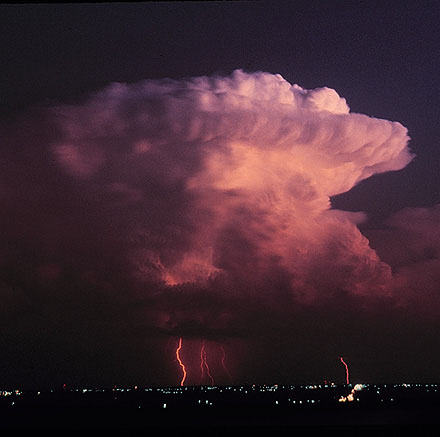Sunday, Sept. 1, 2019 6 P.M.
Northern Bahamas getting blasted
In the past couple of hours, winds are believed to have gusted to over 180 mph at Great Abaco. The storm is down to a forward speed about 5 mph toward the west, so high danger will last for quite a while.
Meanwhile, the model forecasts are now very close together concerning the eventual path of Dorian. In general, they expect the slow westward drift to continue until Tuesday. Then, a turn to the north followed by turn to the northeast by midweek. Also, a slow drop in the max winds is expected as the storm makes its poleward move. But, Dorian should still remain a major hurricane until late in the week.
Little has changed in the projected path since yesterday. Dorian is expected to parallel, BUT NOT CROSS the east coast of Florida and Georgia. There will be some high surf problems, but, overall, this is very good news compared what it looked like several days ago.
It gets a little trickier, however, as the storm parallels the South and North Carolina coastline. Due to coastal geography there, if Dorian is still a high Cat 3 or Cat 4, the storm surge will be very severe. Major to catastrophic damage could be the result. Luckily we will be about halfway between a new moon and a full moon, so natural tides will be lower. That will lessen the impact of the storm surge.
Back to the “model battles”
The GFS predicts the scenario described above. Dorian really hugs the east coast of the Carolinas. That’s the bad news. The euro continues to predict a path farther away from the coast. Now, the difference looks to be about 200-300 miles. Not much in the big picture but the situation predicted by the euro isn’t really a big deal whereas the GFS forecast could create a very serious situation.
